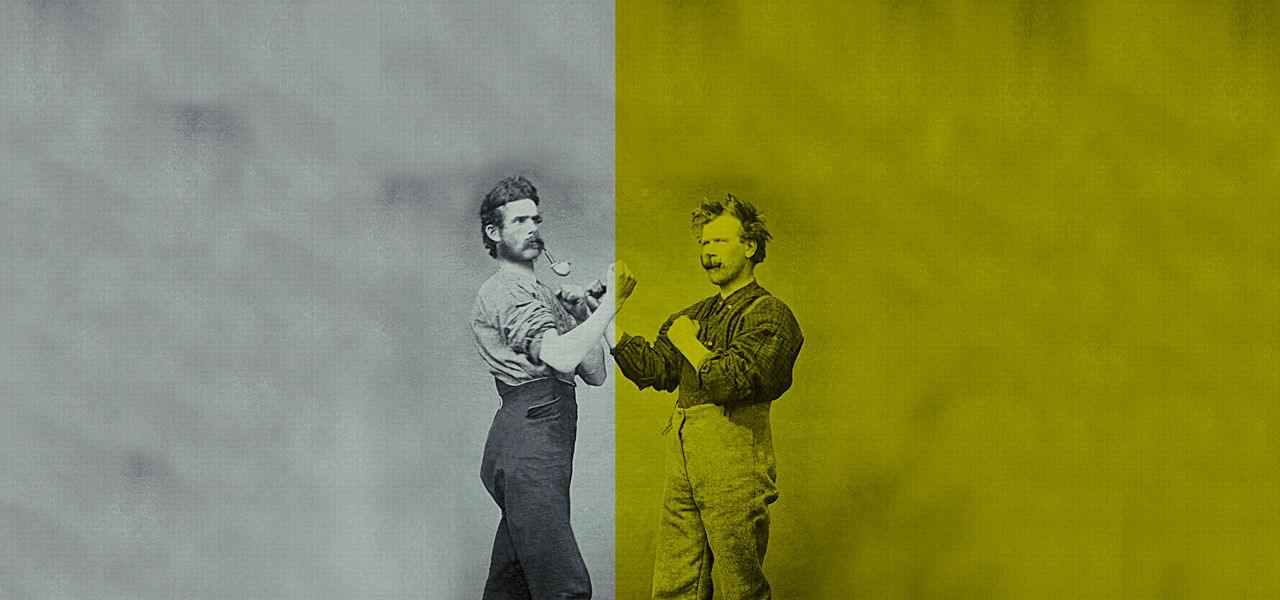

Trail Connections
Community Benefits of Trails
-
Trails increase the value of nearby properties.
-
Trails boost spending at local businesses. Communities along trails, often called trail towns, benefit from the influx of visitors going to restaurants, snack shops and other retail establishments. On longer trails, hotels, bed and breakfasts, and outdoor outfitters benefit.
-
Trails make communities more attractive places to live. When considering where to move, homebuyers rank walking and biking paths as one of the most important features of a new community.
-
Trails influence business location and relocation decisions. Companies often choose to locate in communities that offer a high level of amenities to employees as a means of attracting and retaining top-level workers. Trails can make communities attractive to businesses looking to expand or relocate both because of the amenities they offer to employees and the opportunities they offer to cater to trail visitors.
-
Trails reduce medical costs by encouraging exercise and other healthy outdoor activities.
-
Trails revitalize depressed areas, creating a demand for space in what were once vacant buildings.
-
Trails provide transportation options and cut fuel expenses, offering reliable means of transportation for short distance trips. Nearly half of all car trips are less than 3 miles and more than a quarter are one mile or less.
-
Trails provide low or no-cost recreation to families with low costs relative to other recreational services that could be provided by government.
-
Trails increase tax revenues in the communities in which they are located.
-
These benefits represent a huge economic return on the money invested into trail projects. The costs of land acquisition for trails, trail construction and maintenance are far outweighed by the economic benefits generated by trails.
SUCCESSFUL CORRIDORS
Chicago Tribune Des Plaines River Trail 50 years
It took 142 land acquisitions, construction of multiple bridges and pathways, mitigation of a network of wetlands and the forward-thinking of early Lake County Forest Preserves commissioners to create the Des Plaines River Trail.
Today, nearly 5,000 acres of vegetation, wetlands and pathways are protected along the Des Plaines River by a uninterrupted 31.4-mile trail, from northern to southern Lake County, which was completed by the forest preserves last October.
Des Plaines River Trail designated National Trail
In addition to recreational opportunities, the trail, which winds through 12 forest preserves, protects land along more than 75% of the river in Lake County, providing wildlife habitat and natural flood protection, according to Lake County Forest Preserve officials.
Multiple access points and parking can be found in many preserves along the trail


Trail Community Growth
Commerce - Jobs - Property Value - Transit - Health
Trails allow communities to increase commerce, support and create jobs,
increase property values, reduce commuter costs and provide low-cost health benefits.
Missouri River State Trail
It took only one season after the opening of the 35-mile Missouri River State Trail for the trail to positively impact local communities. 61 businesses along the trail found the trail positively impacted their income. Eleven reported the trail strongly influenced their decision on where to locate, and 17 increased their business size since the trail opened.
Washington State Trails Plan estimated that trail users in Washington state spent more than $3.4 billion on equipment, which generated tax revenues of $13.8 to $27.6 million.
Baltimore and Annapolis Trail Park in Maryland
Six trail-related stores have opened, and two others have re-located next to the trail to attract new customers.
Denver, Colorado
In a 1995 survey, 73% of metro-Denver real estate agents believed a home near a trail would be easier to sell. Twenty-nine percent of those living near a trail said proximity to a trail influenced their home purchase.
Quality of Life Data
Fifty percent of all car excursions are less than three miles, a distance that could easily be walked or biked. The use of trails instead of cars reduces gas and auto care costs and improves air quality.
Walking or hiking a few times per week can improve a person’s health and lower health care costs. A National Park Service study compared people who lead sedentary lifestyles to those who exercise regularly. The exercisers filed 14% fewer healthcare claims, spent 30% fewer days in the hospital, and had 41% fewer claims greater than $5,000.
-American Hiking Society